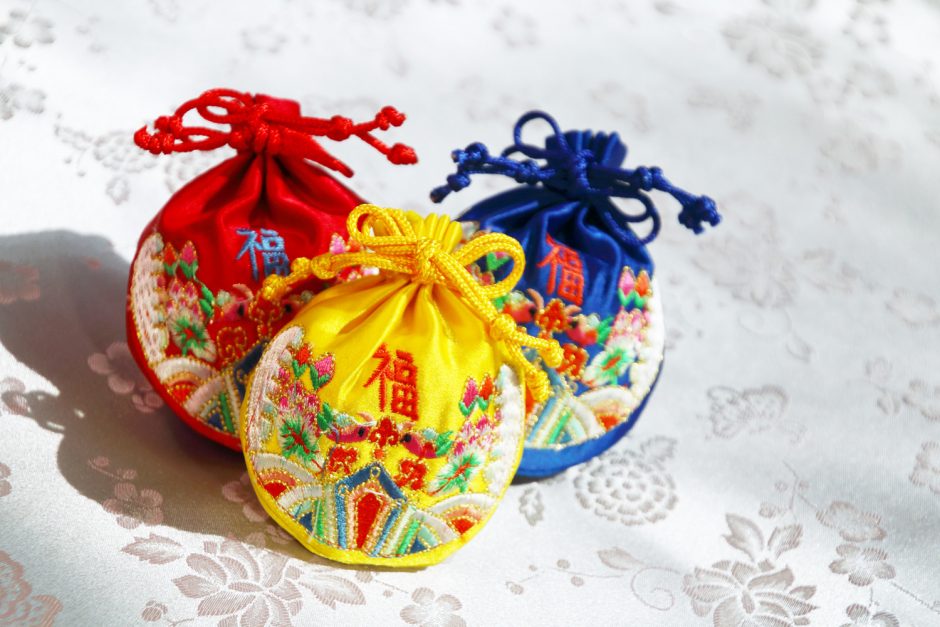The Chinese Lunar New Year isn’t the only traditional festival that celebrates the start of the new year in the Lunar New Year. The Koreans have their own Lunar New Year celebration, known as Seollal, which also marks the beginning of a new year on the traditional Chinese Lunar calendar.
These similarities were thanks to conquest and the movement of people between China and Korea over the course of several centuries. Even so, while both the Korean Lunar New Year and Chinese New Year share the same dates and are based on family reunions, each has a distinct identity and order of traditions.
One of the most easily recognisable differences between the two celebrations is seen in the clothing. Where Chinese will often don red coloured traditional or contemporary clothing during the Chinese Lunar New Year, the Koreans’ wear bright and colourful traditional wear known as hanbok.
Though the emphasis on ancestral worship steadily faded out from many families’ Lunar New Year proceedings – some Korean families still traditionally observe the practice on the festival’s third day – the Koreans start Seollal by performing ancestral rites known as charye together as a family. These rites are a show of gratitude to one’s ancestors and it is believed that the spirits of the ancestors would return during Seollal.
After performing charye, families will gather for a meal with the signature dish being tteokguk, a traditional rice cake soup comprising of rice cakes immersed in a bowl of beef broth. It is believed that eating tteokguk over the Korean Lunar New Year will add one year to one’s age, as Koreans have a tradition where everyone’s birthday is marked at Seollal. This traditional belief is very similar to how Chinese families mark the seventh day of the Chinese Lunar New Year as the day everyone grows a year older.
Tteokguk, traditional rice cake soup
After enjoying the meal, the younger family members will then perform a sebae, a deep New Year’s bow, and present gifts and blessings to their elders. In return, the elders would give out sebaedon, or New Year’s money, which is then kept in a cotton pouch known as bokjumeoni. The practice of giving out sebaedon is similar to the Chinese Lunar New Year tradition of giving out hongbao. Elders give out New Year’s money in the bokjumeoni cotton pouches With the formalities done most families would spend the remainder of the day playing traditional folk games such as the yutnori board game, jegichagi, tuho, Go-stop card game, and yeonnaligi kite flying, as well as getting together to enjoy the rest of the festivities in each other’s company.






You must be logged in to post a comment.